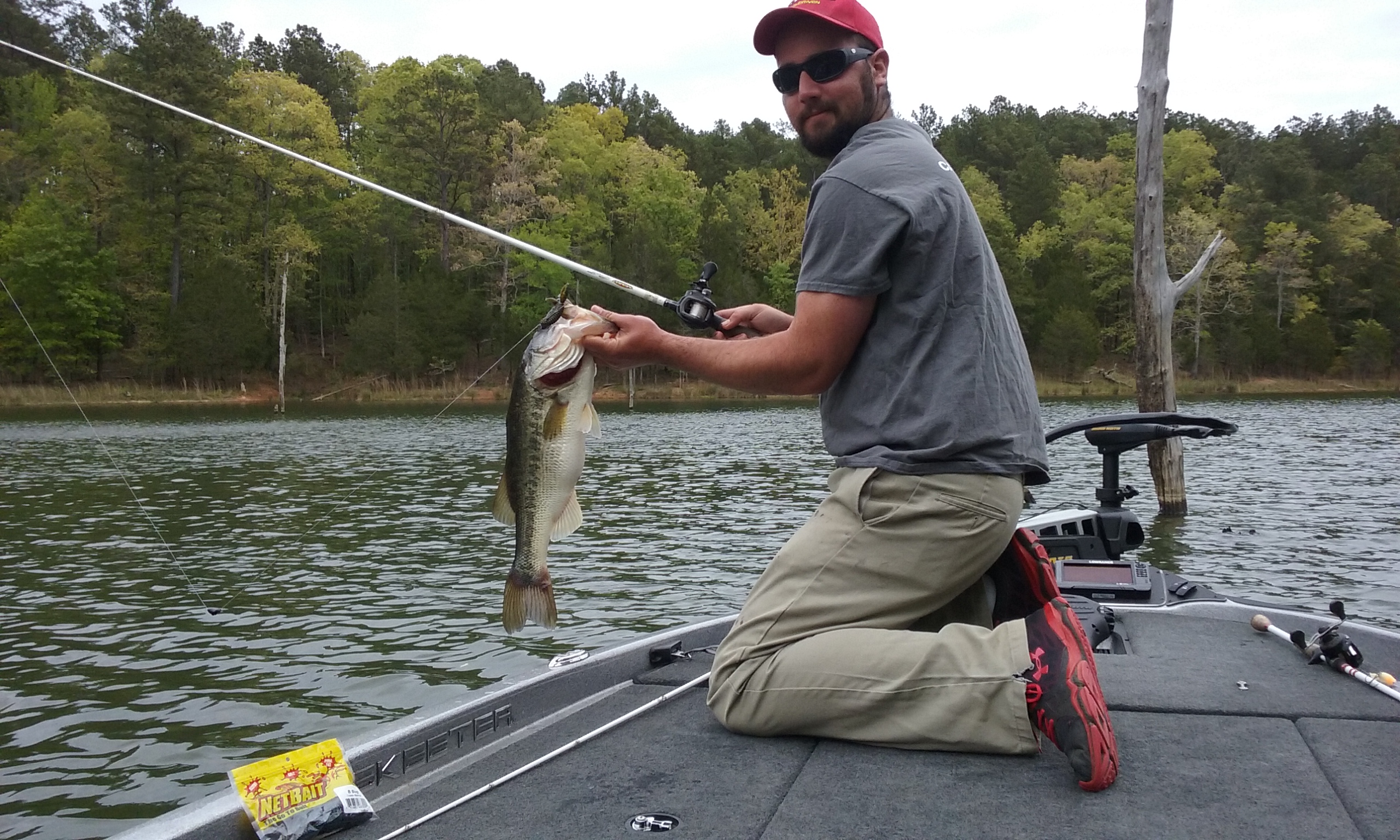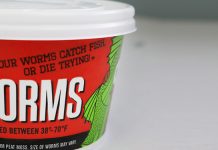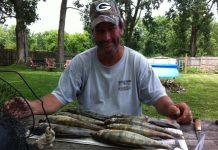Madison’s Lake Mendota has always been a good lake for yellow perch. If one goes back to the 1960s and 1970s, Lake Mendota was considered one of the premier perch lakes in the Midwest. It wasn’t like North Dakota’s Devils Lake, but it was very good fishing for good size perch and anglers from all over the bordering states would come to Madison during the summer and winter to catch one of the best tasting fish there is for the frying pan. I love to eat fish and I put perch up near the top with walleye and bluegill. But, the great perch fishing diminished due to over-harvest, loss of habitat, competition from other species, and predation has taken its toll on the younger cousin of the walleye. The average size of yellow perch during the hey days on Lake Mendota were 10 to 12 inch fish with the opportunity of a few “jumbos” over 12 inches.
But, the perch population numbers have dwindled since the early 2000s. Many anglers then and now think that there is a limitless number of panfish (perch, bluegills, crappies, and white bass) and that there’s no problem with catching and keeping their limit of fish every time that they go fishing. Remember too, that the daily limit of panfish used to be 50 fish. Now, the daily limit is 25 fish of any combination of panfish and many anglers think that they have to have a limit to have had a good day on the water. During the early 2000s it was nothing to see hundreds of perch anglers regularly perch fishing and many fishers were always catching their limits. You could go out most days and find a “perch fleet” of boats trying to stay on top of the roaming schools of fish. Add to this the many anglers that were out on Lake Mendota ice fishing for perch in the winter and you have a tremendous amount of pressure on a limited resource. The last decade has seen the perch population go up and down and the size of the perch seems to have gotten smaller without many jumbo perch being caught.
Some of this decline is due to competition from white bass and other species, but personally I believe that over-harvesting and year-round perch fishing are the real culprits. Anglers have to realize that you don’t have to catch a limit of perch or panfish to have had a good day fishing. Sort through the perch you catch and keep only enough for a meal or two, not the whole season!
I was mildly surprised this summer with the perch fishing that I and some friends have encountered on Lake Mendota! I’ve fished from Captain Bill’s on the west side of the lake to Tenney Park and have had good fishing most anywhere that I fished including the University shoreline and University Bay. It wasn’t necessary to fish that many locations because the perch (and bluegills) were located just outside the weedlines and in any open pockets that you could find. The depth of the weedline varies from 12 to 15 feet and in a few cases 20 feet deep.The perch also have been active out from Governor Nelson State Park, Governors Island, Maple Bluff, and Warner Bay. This good fishing has been going on since the water warmed and should continue into the fall.
The key to catching the Mendota perch is to anchor outside the weed edges or open pockets between the weeds. As I earlier said, the weeds stop at about 12 to 15 feet of water. You should be able to see lush, green weeds and open areas all along the shoreline of Lake Mendota. Sometimes, perch can be very finicky with the bait that they want, but lately the fish have been very active and aggressive which means that they will bite on about anything. I’ve seen success on minnows, wax worms, spikes, pieces of nightcrawlers, and garden or leaf worms. But, I’ve also seen days when you had to have hellgrammites or you were lucky to get a bite. The price of hellgrammites can make your fishing expensive, but you haven’t had to have them most of this summer. If you can afford this “pricey” bait, they often will out fish other baits. You don’t have to use a whole hellgrammite because a piece of one usually does the trick.
The gear and equipment needed is a sensitive rod and an ultra-light reel spooled with 4 # monofilament or fluorocarbon and a Cobra panfish jig or an ice fishing jig tipped with your bait of choice. Try to have an assortment of jigs in different colors and sizes till you find what the perch want the day that you’re fishing. I’ve even caught fish on a plain hook baited with a piece of nightcrawler. A small split shot placed a couple of feet above the hook or light jig will make sure that you touch the bottom. After finding the bottom, then reel in a turn or two and start fishing while watching for the tap, tap of a perch. The best way that I’ve found to find the perch is to start on the bottom with your jig and slowly work your way up the water column till you contact active fish. Instead of quickly setting your hook, try lifting your rod when you feel the bite and reel in the fish while applying constant pressure.
Some days, you have to be totally vertical with your jig to get bites. I tried using a float or bobber initially, but the perch and bluegills wanted a vertical presentation. But, have a few floats along in case things change the day that you’re fishing. A perch is one of the best tasting freshwater fish and now is the time to get some for a few great meals. The perch numbers seem to be back and the numbers and size are increasing, but always save a few for the next guy!





